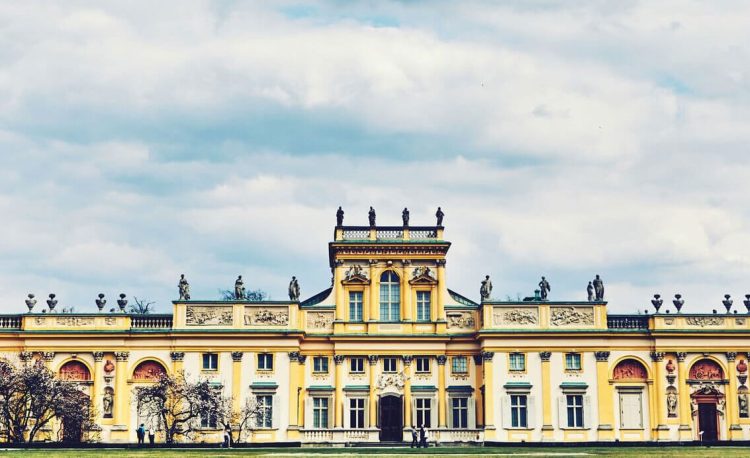European higher education took place for hundreds of years in Christian cathedral schools or monastic schools (scholae monasticae), in which monks and nuns taught classes; evidence of these immediate forerunners of the later university at many places dates back to the 6th century. The earliest universities were developed under the aegis of the Latin Church by papal bull as studia generalia and perhaps from cathedral schools. It is possible, however, that the development of cathedral schools into universities was quite rare, with the University of Paris being an exception. Later they were also founded by Kings (University of Naples Federico II, Charles University in Prague, Jagiellonian University in Kraków) or municipal administrations (University of Cologne, University of Erfurt). In the early medieval period, most new universities were founded from pre-existing schools, usually when these schools were deemed to have become primarily sites of higher education. Many historians state that universities and cathedral schools were a continuation of the interest in learning promoted by monasteries.
The first universities in Europe with a form of corporate/guild structure were the University of Bologna (1088), the University of Paris (c.1150, later associated with the Sorbonne), and the University of Oxford (1167).
The University of Bologna began as a law school teaching the ius gentium or Roman law of peoples which was in demand across Europe for those defending the right of incipient nations against empire and church. Bologna’s special claim to Alma Mater Studiorum[clarification needed] is based on its autonomy, its awarding of degrees, and other structural arrangements, making it the oldest continuously operating institution independent of kings, emperors or any kind of direct religious authority.

